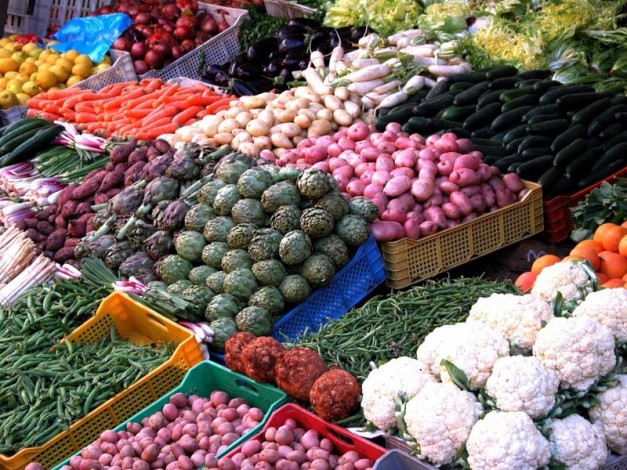New challenge for agriculture: trim world’s food waste by 5% in 10 years

Image: Wikimedia Commons
How do you reduce global food waste by 5 percent over the next decade? That’s the challenge that faces a group of agriculture faculty-members at Texas A&M University.
About 30 percent of the world’s food is wasted by producers, retailers and consumers, the Food and Agriculture Organization of the United Nations says.
Steve Searcy, the group’s facilitator and head of the Texas A&M biological and agricultural engineering department, says the College of Agriculture and Life Sciences has focused for decades on improving crops and practices to improve yields.
“But by 2050, even with the same rate of growth in yield, we will not be able to keep pace with food demands for maize, rice, wheat and soybeans,” he says.
The next challenge for A&M researchers is address economics, nutrition, food safety, school lunch programs, postharvest handling, at-home behaviors, policy and processing studies.
For example, agricultural economists will need to look for ways to improve the value chain: everything that happens from the farmer to the market that adds value to the original crop.
Roger Norton, an A&M agricultural economist, cites several reasons for the loss at the farm – such as pest damage or prices too low to make harvesting worthwhile – and at the processing and market level – such as inadequate storage, spillage in processing or rejection of produce based on looks rather than quality.
Suresh Pillai, director of the National Center for Electron Beam Food Research at Texas A&M, said food safety and preservation techniques also weigh in on minimizing food loss.

